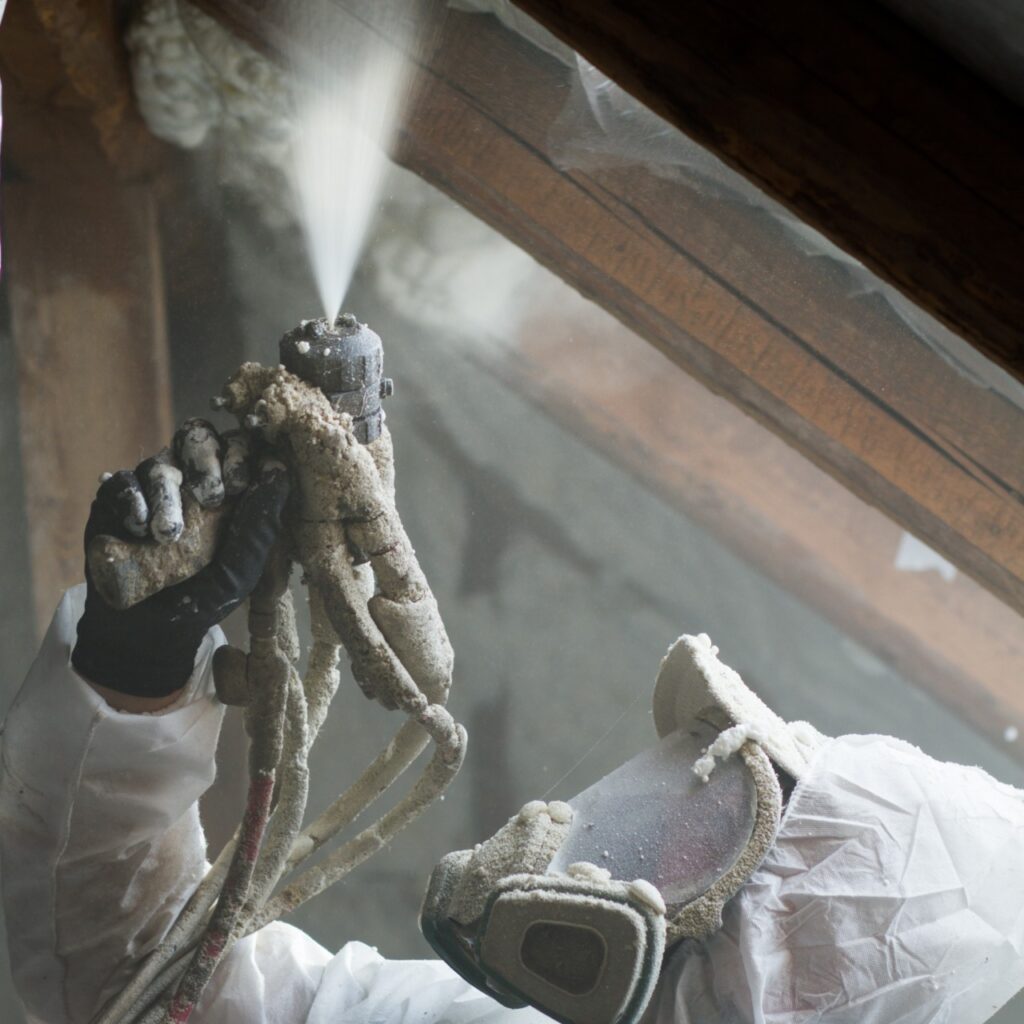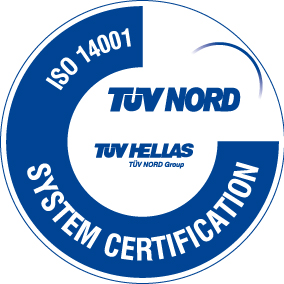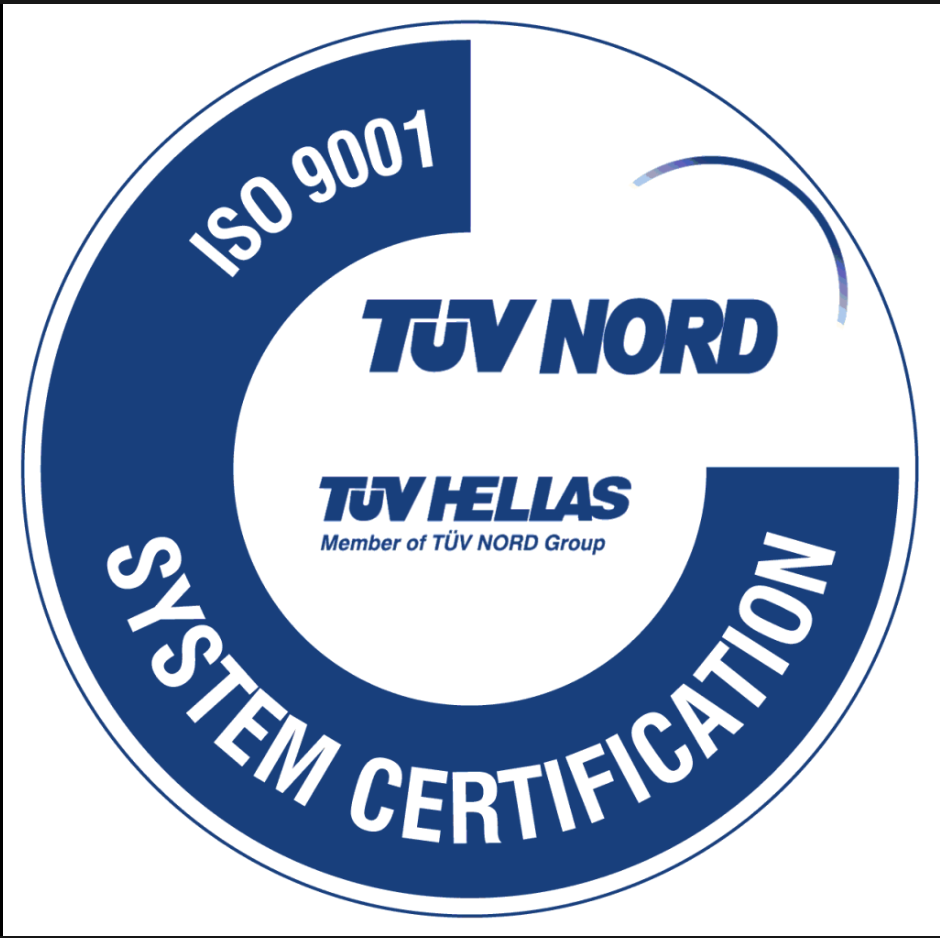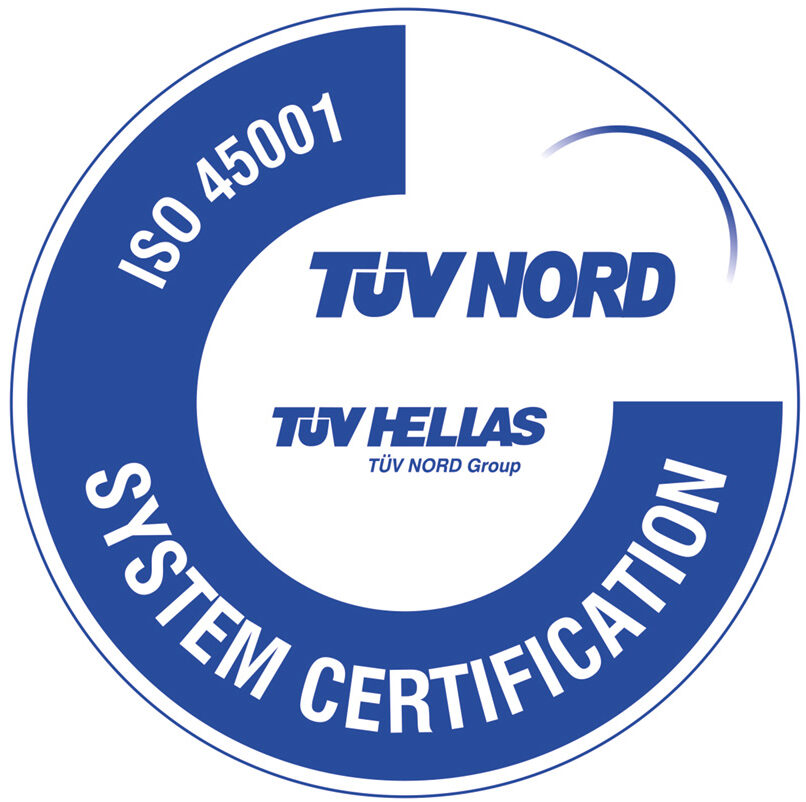Open cell spray foam is one of the most common solution for residential thermal insulation. It’s advantage compared to closed cell spray is that expands a lot more giving an applied density of 8-10 kg/m3 while closed cell spray systems have an applied density of 40-60 kg/m3. This makes open cell spray foam a good economical solution for thermal insulation.
On the other hand, because of its low applied density it cannot be used as a structural foam e.g. insulation of floors or terraces where in such cases closed cell spray foam systems are recommended.
Formulation of an open cell spray foam system is not a simple case. These systems having a lot of peculiarities and they must be taken into consideration during formulation. Besides basic standards of such a system a formulator should take into serious consideration the needs of the applicator without compromising any of the advantageous properties of the system. In most of the cases an applicator needs a spray foam that reacts as fast as it gets, adheres to any surface, can be processed to a wide range of environmental conditions, can be stored the longest time possible without loosing its features and needs the less possible preparation before application.
And of course last but not least is the price. The cheaper the better. The polyol blend of an open cell spray foam system has some main differences compared to a closed cell one or a typical rigid foam polyol blend. The main difference is the large amount of water (around 20%) which during reaction evaporates and contributes to the foam expansion. In such environment raw materials that will be used must be hydrolytically stable.
The proper choice of raw materials taking into consideration this fact can give polyol blend extended shelf life for a period of months. One common issue in polyol blend of an open cell spray foam system is the separation of the ingredients. There are some raw materials that are not soluble in water and for that reason a proper surfactant in proper quantity should be used.
The right choice can affect the extend and the time needed for the separation. In some cases in order to have a homogeneous blend during application, continuous stirring of the blend is recommended but this is not possible or preferable from all applicators. The cell structure of an open cell spray foam needs to be fine without irregularities. Cell appearance has been found to be affected by environmental conditions especially temperature. In most of the cases open cell spray foam systems are recommended to be processed on environmental temperatures of over 15 oC. On the other hand in many countries where these systems are very popular the season of applications is in cold conditions below 15 oC.
On the other hand in many countries where these systems are very popular the season of applications is in cold conditions below 15 oC. So it is very important the system to be designed to
withstand without any compromise these extreme in some cases weather conditions.
Here in VIOPOL we are focusing on delivering open cell spray foam systems with extend shelf life of polyol blend over a period of 3 months, without separation of polyol blend ingredients so
the system be able to be processed with minimum requirements or preparations and the possibility of spraying in very low environmental temperatures with still having a fine cell structure foam.
Having this in mind and take into consideration that we are in close contact with our applicators we are able to design our systems to the custom needs of our customers but giving and receiving feedback to all the issues that may arise.
Stay tuned for more to come….









